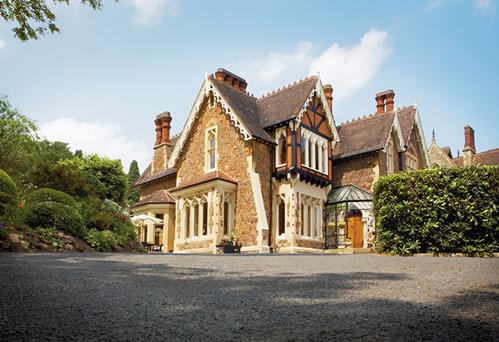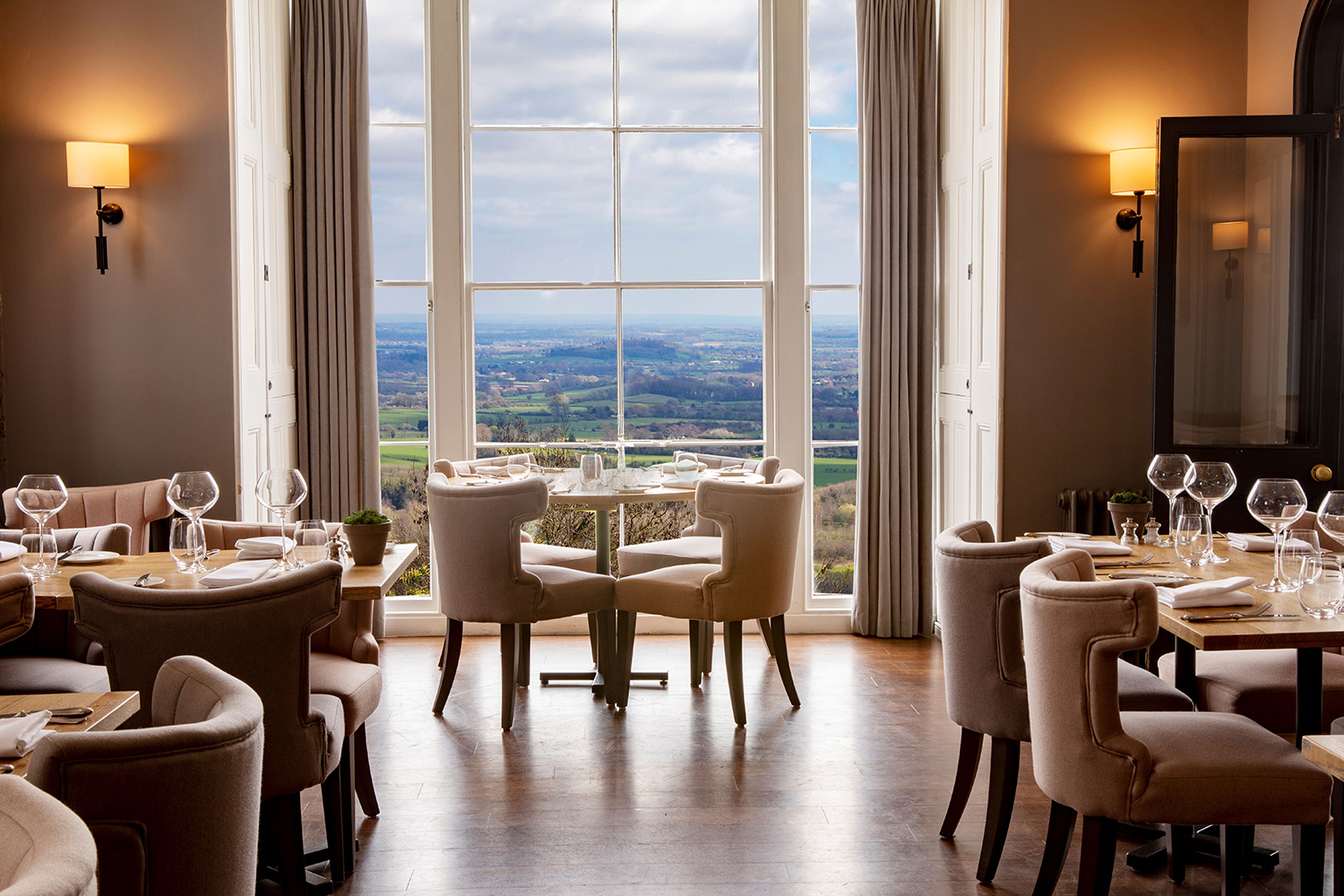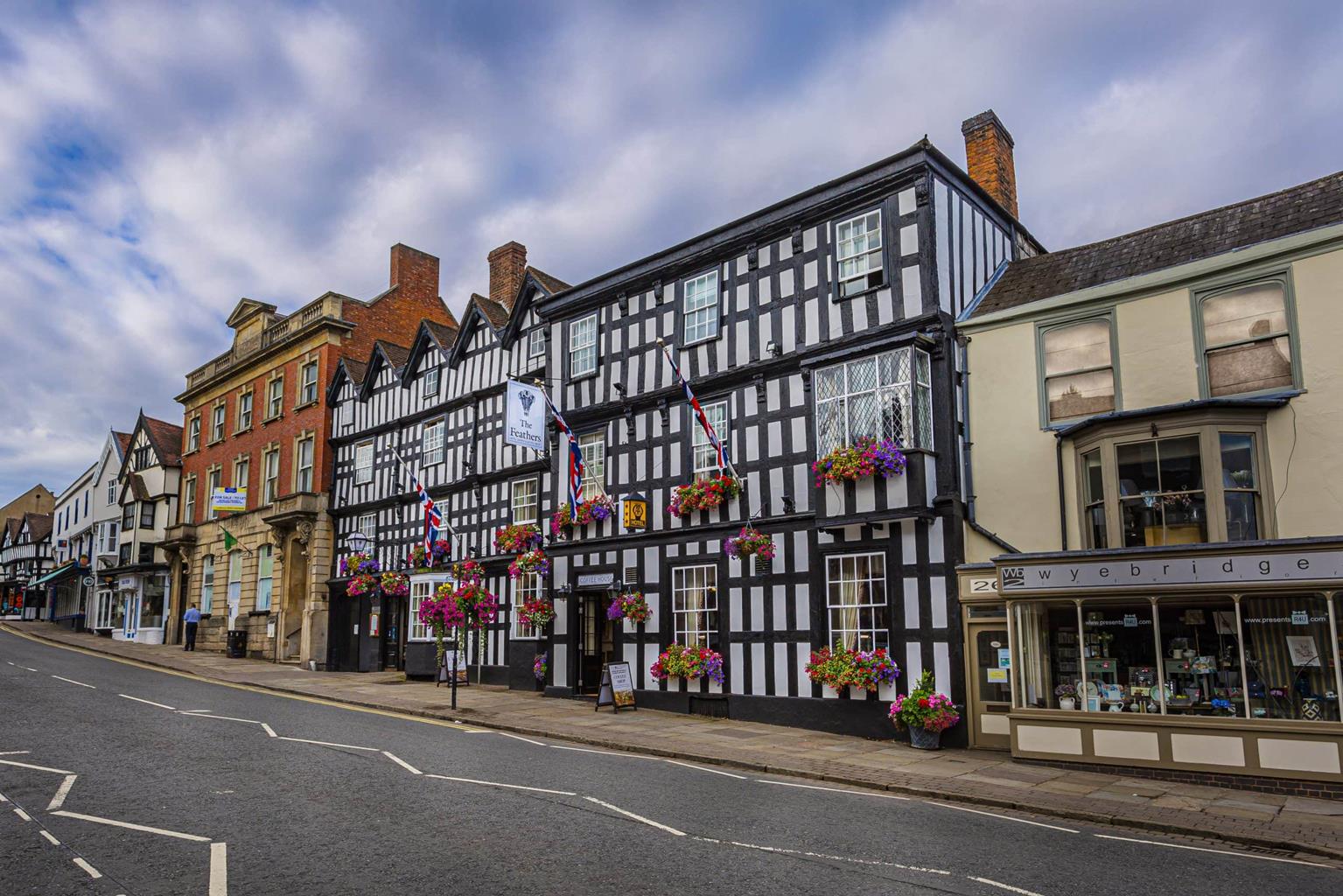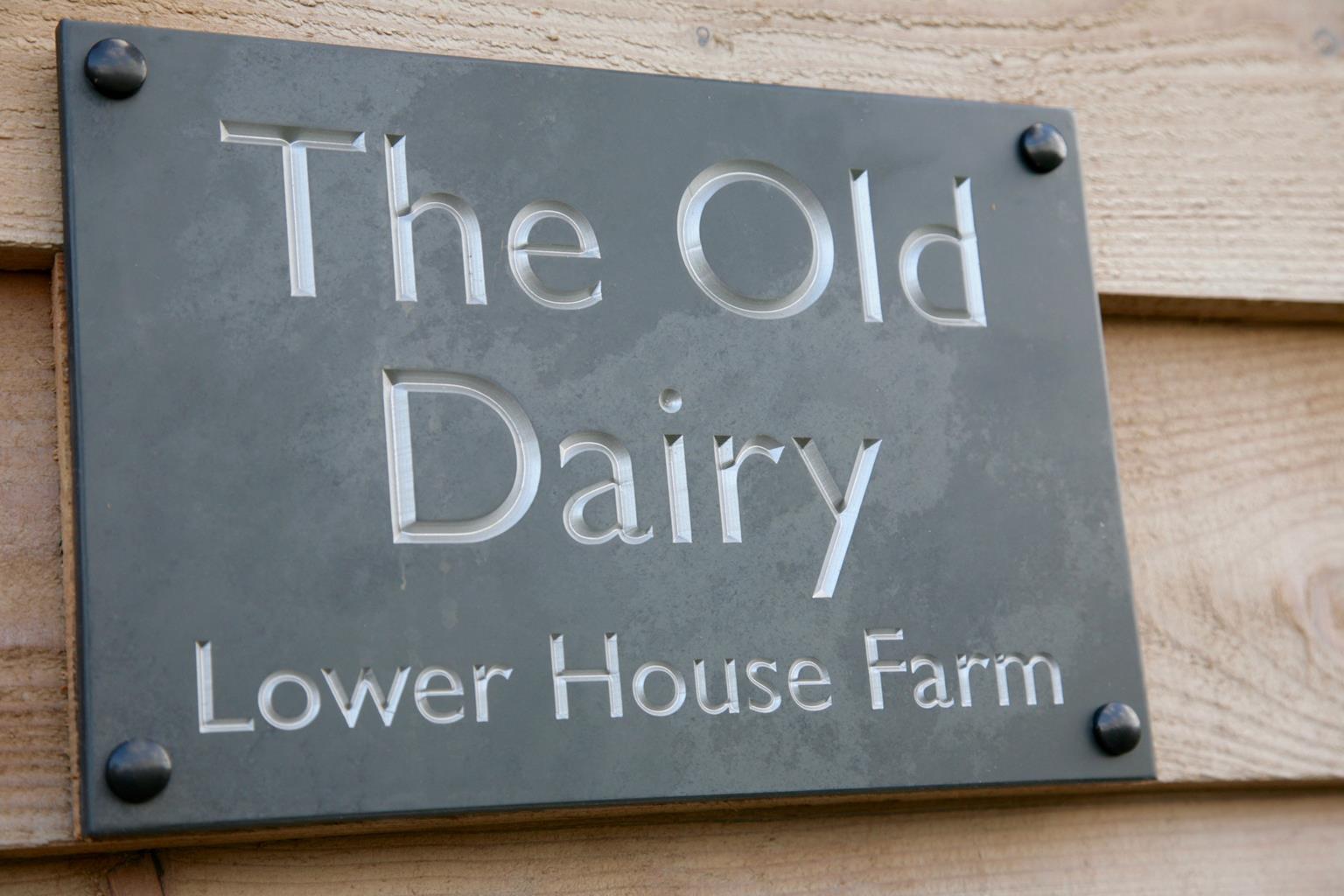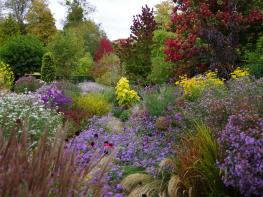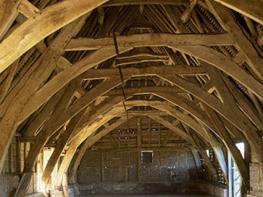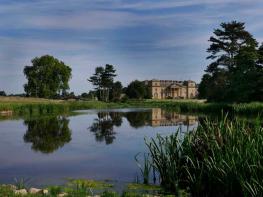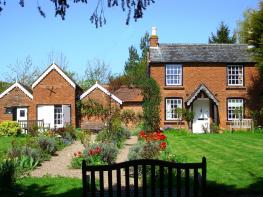Malvern Garden flat is a modern, luxury stay, suitable for two adults. There's also a full-size…
The Malvern Hills

4.5 miles (7.2kms)
About the walk
The presence of spa waters in Malvern has been known for centuries. In 1756, a Dr Wall wrote of the waters’ benefits and the 1820s saw the opening of the Baths and Pump Room – an early visitor was Princess Victoria in 1830. As a health spa, the town developed rapidly in Victorian times. A bracing combination of taking the waters and bathing was accompanied by brisk walks in the hills. Many of the well-engineered paths that criss-cross the slopes and link the peaks were built specifically to enable spa visitors to benefit fully from their medically managed visits. The railway in the 1850s brought the resort’s attractions to a much wider market. Local architect Edward Wallace Elmslie designed Great Malvern’s railway station (1861), considered elegant by the Victorians. Even today the wrought-ironwork of the station’s mock pillars (actually drainpipes) is maintained in gaudy colours.
It isn’t without reason that the Malvern Hills stand above the Worcestershire Plain. At their heart is a hard rock called gneiss, a metamorphic rock formed by intense pressure and heat some 700 million years ago. When work on the Colwall Tunnel started in 1856, labourers advanced 5ft (1.5m) per day through the softer, outer rocks, but progress slowed to just one-tenth of this through this ancient rock. The tunnel was not completed until 1860. Over its total 1,567yds (1,432m) length, it climbed 58ft (18m). The chief engineer was Stephen Ballard, who, in the previous two decades, had overseen work on the Hereford and Gloucester Canal. He was buried in his garden in Colwall, above the western entrance to the tunnel.
The Colwall Tunnel was so heavily used by steam locomotives that carriages would emerge with fallen lining bricks on their roofs. Modern trains use a broader, parallel tunnel, built close enough to the original to use its ventilation shafts by boring linking shafts. During World War II the old tunnel was used to store ammunition. The new tunnel’s spoil was redeployed in 1959 to provide hard core for the M50 motorway from Strensham to Ross-on-Wye.
Walk directions
From Great Malvern Station go ahead; then left in 30yds (27m) into Imperial Road. Cross Tibberton Road, turning right up Clarence Road. At the skew junction turn back-left into Albert Road South. At the end turn left. Beside the railway bridge take a leafy pathway right, passing the extensive modern buildings of Malvern College. Cross the next road, then skirt the lower edge of Malvern Common. In 600yds (549m), at a dip and just by ‘60’ on the track, pass under the railway. In 200yds (182m) drift left to a post box and road junction.
Cross the larger road to a fingerpost and fork right, through trees to a wide gate beside a garden, joining a dismantled railway. Descend wooden steps in 375yds (342m) and turn right to follow blue waymark discs (on white posts) across several fairways of the Worcestershire Golf Club. In dense woodland turn left – this track leads to the clubhouse and car park. Go diagonally, to the far side of a white building. Cross carefully beside a green, then another fairway, to reach a wide fenced path up between fields, soon reaching the A449 by houses.
Cross the A449, and the parallel higher road, to a steep path with a centre rail. At the top turn left along Eaton Road. The road becomes a green-centred tarmac track. In 40yds (36m) fork right up a woodland path before the house ahead. Follow the path for 275yds (251m) gently uphill, to a ‘stretched-X’ crossing. Keep ahead on the level path for a further 520yds (475m)
At another ‘stretched-X’, take the zig-zagging upward right fork beside an enormous yew and green seat; there is a cream-coloured house 130yds (118m) ahead. Very soon, at a second green seat, continue straight ahead, climbing gently up. After 275yds (251m) turn back-right by a third green seat, continuing gently up to yet another seat. Keep ahead. In approximately 200yds (182m) the dense woodland gives way to bracken and scattered silver birch. After 180yds (165m) ignore a downward right fork. Back into (less dense) woodland, after 140yds (128m) take an acute left turn, finally to meet the ridge path beside some pines.
Turn left to reach the grassy top of Pinnacle Hill. Less than 200yds (183m) beyond it, when a path forks right in the dip, turn fully right, down a steep grassy trod, over a crosspath and down to Gardiners Quarry Car Park. Cross to The Kettle Sings tea room.
Turn right in front of it; at the bend veer left to two field gates. Turn left beside a fence, then down the fenced path. At the corner, slip left down a sunken lane, soon reaching woods. Bear right to find waymarked steps, then half-left to a handgate and field-edge path to Colwall Station.p>
Additional information
Streets, railway bed, woodland paths, one short, steep grassy descent, several steady climbs, several stiles
Suburban, recreational, wooded and pastoral
Few off-lead opportunities, must be controlled on ridge
OS Explorer 190 Malvern Hills & Bredon Hill
Car parks at both railway stations
None on route
WALKING IN SAFETY
Read our tips to look after yourself and the environment when following this walk.
Find out more
Also in the area
About the area
Discover Worcestershire
Worcestershire is a county of rolling hills, save for the flat Vale of Evesham in the east and the prominent spine of the Malverns in the west. Nearly all of the land is worked in some way; arable farming predominates – oilseed rape, cereals and potatoes – but there are concentrated areas of specific land uses, such as market gardening and plum growing.
Worcester is the county town, and home to Worcestershire County Cricket Club, which has what some regard as the most attractive grounds in the country, in a delightful setting with views of Worcester Cathedral. The Malverns, Great and Little, set on the slopes of the Malvern Hills, are renowned for their refinement. Great Malvern, terraced on its hillside site, came to prominence as a genteel spa for well-to-do Victorians, rivalling the likes of Bath, Buxton and Cheltenham with its glorious surroundings.
Sir Edward Elgar was a Worcester man, and his statue stands on the High Street, facing the cathedral. The cottage where he was born is now a museum and he is commemorated on the £20 note. Other notable Worcestershire figures include poet A E Housman, chocolate magnate George Cadbury; and Lea and Perrins, inventors of Worcestershire sauce.
Nearby stays
Restaurants and Pubs
Nearby experiences
Recommended things to do
Why choose Rated Trips?
Your trusted guide to rated places across the UK
The best coverage
Discover more than 15,000 professionally rated places to stay, eat and visit from across the UK and Ireland.
Quality assured
Choose a place to stay safe in the knowledge that it has been expertly assessed by trained assessors.
Plan your next trip
Search by location or the type of place you're visiting to find your next ideal holiday experience.
Travel inspiration
Read our articles, city guides and recommended things to do for inspiration. We're here to help you explore the UK.





